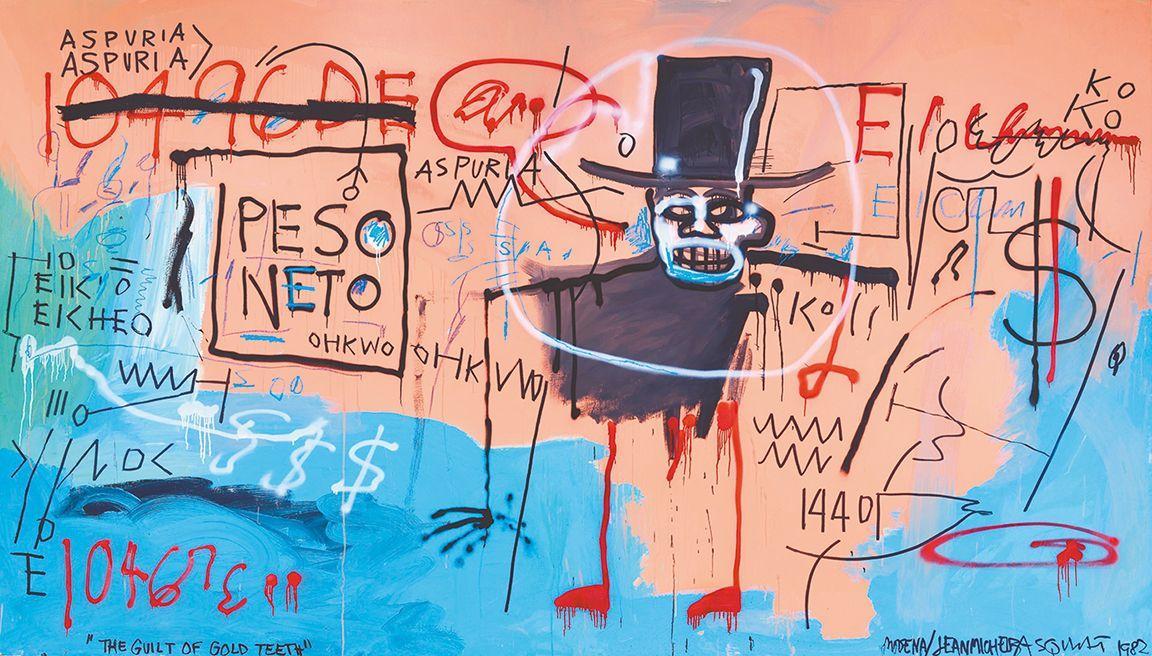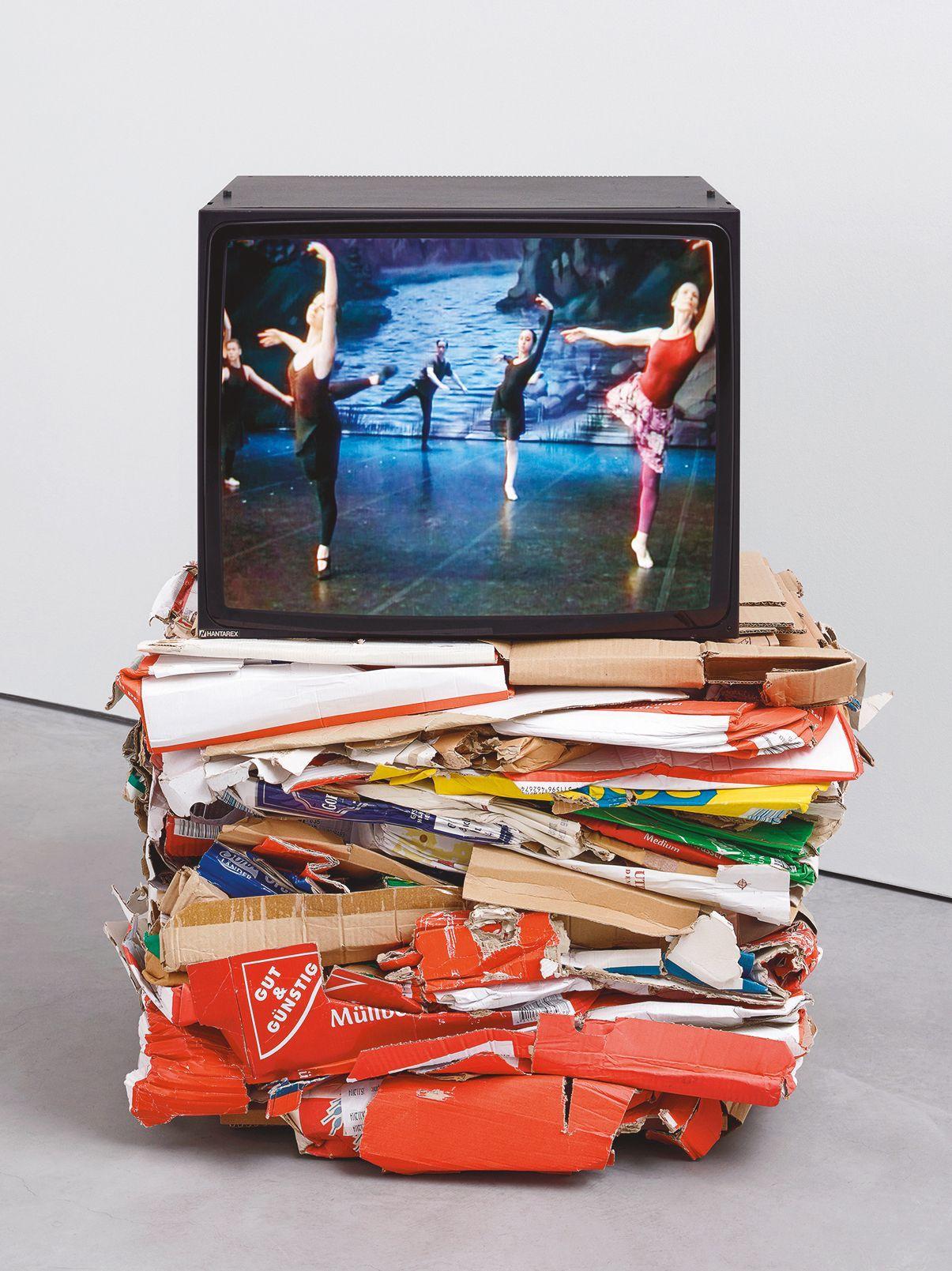(MENAFN- USA Art News) janet cardiff & george bures miller: dream machines Museum Tinguely, until 24 September
The Canadian artist duo Janet Cardiff and George Bures Miller began officially collaborating almost by chance, despite being married and having helped each other with their individual practices for over a decade. Cardiff had been invited to do a show in Vancouver in the mid-1990s, after working in their shared studio on what would become The Dark Pool (1995).“We couldn't remember whose idea it was,” she says.“So we asked the organisation: 'can we do this as a collaboration?'” The fruits of three decades of working together have now been brought together for a new show at Museum Tinguely, which will include 14 multimedia works.
As well as being a collaboration between two artists, the works also rely on the attention and participation of audiences.“Some viewers or participants have a magic that enables them to see things that others don't,” Cardiff says. Whether it is a table covered in speakers activated by the movements of visitors (Experiment in F# Minor, 2013), or intricate details that may be missed inside the diorama windows of Escape Room (2021), the presence of what Cardiff calls“talented participants or talented viewers” can really make works sing.
The Basel exhibition came about after the artists were awarded the Wilhelm Lehmbruck Prize for sculpture in 2020, which led to a show at the Lehmbruck Museum in Duisburg, Germany, which has now travelled to Basel. The prize may seem like a slightly odd choice, given that, although Cardiff and Miller's work has sculptural elements to it, their practice is much more wide ranging, embracing elements of theatre, video and sound design. But Cardiff sees it differently.“I've always thought of sound as sculpture,” she says.
As an example, the artist points to The Forty Part Motet (2001), an installation consisting of 40 loudspeakers arranged in an oval shape.“To me it [is] completely a sculpture,” Cardiff says.“The sound becomes so physical, the way it hits you and moves around.” She also says that“a lot of our pieces are standalone sculptures, even though, like The Killing Machine (2007), they move and are robotic.” She adds that“The Killing Machine is the most similar to Tinguely”, an artist whose work is“not inspiration necessarily” but shares a“connection” with that of Cardiff and Miller's.
“We're hybrid artists. We've always liked contemporary theatre that pushes the borders, we like any sort of medium that pushes the borders,” she says.“My biggest early influence was La Jetée by Chris Marker,” she says, referring to the experimental 1962 feature made mostly from stills that pushed the boundaries of film-making.“We just follow what's interesting”. J.S.

Jean-Michel Basquiat, The Guilt of Gold Teeth (1982) is in the Nahmad Collection © The Estate of Jean-Michel Basquiat / 2022, ProLitteris, Zurich
basquiat: the modena paintings
Fondation Beyeler, until 27 August
The Fondation Beyeler in Basel puts a new twist on the Jean-Michel Basquiat story this week, presenting Basquiat: The Modena Paintings, which reunites eight large-scale works made in Modena, Italy, in 1982. The paintings, including The Guilt of Gold Teeth, are now held in eight separate private collections in the US, Asia and Switzerland.
The Italian gallerist Emilio Mazzoli invited Basquiat to make the works for a one-off show, providing work premises and painting supplies. The graffiti artist painted over discarded canvases used by another artist, Mario Schifano, scrawling“Modena” on the back. But complications over payment of the works led to the cancellation of the planned exhibition in Europe.
In a 1985 interview with the New York Times, Basquiat outlined how much he disliked the Modena experience.“They set it up for me so I'd have to make eight paintings in a week”. Meanwhile, working in the warehouse premises provided for him felt“like a factory, a sick factory. I hated it”. The works found new buyers via Basquiat's New York dealer at the time, Annina Nosei.
Sam Keller, the director of the Fondation Beyeler, tells The Art Newspaper:“With every next generation, the importance of Basquiat's work is increasing further. His combination of images and words referring to high and popular culture, history, science, social and economic injustice was truly ahead of his time and more relevant today than ever”.
Keller adds:“The Modena paintings were created over 40 years ago and have never been shown together before. It's going to be exciting to finally reunite them.” The average insurance value of each of these works is $100m with the group of eight works totalling $800m.
The market boom for Jean-Michel Basquiat continues, with major works by the late US street artist dominating sales season in New York last month. Moon View (1984) from the collection of the late music mogul Mo Ostin went to the block at Sotheby's on 16 May, selling for $10.8m, while Christie's sold El Gran Espectaculo (The Nile) (1983) from the collection of Italian fashion designer Valentino Garavani on 15 May for $67.1m. G.H.
Messeplatz Project: Latifa Echakhch Messeplatz, during Art Basel
Latifa Echakhch wants it to be a surprise. The Swiss-based, Moroccan-born artist's work for this year's Art Basel Messeplatz commission is an empty, deconstructed stage.“It'll look like a big, empty installation-a quiet one,” she tells The Art Newspaper. That is, until the performers turn up. The work-titled Der Allplatz, loosely translated as“the space for all”-will be home to intermittent performances of experimental classical music. As fairgoers in the square meet with associates, or members of the public wait for one of Basel's trams, musicians including the Brooklyn-based cellist and sound artist Leila Bordreuil will break out their bows.
Echakhch also hopes the sounds will be just as unexpected as their performance, recreating her own epiphanic feeling of stumbling across this“strange music” when she was 21. She names Pierre Henry, Terre Thaemlitz, Mika Vainio, Ryoji Ikeda as some of the artists she found early on. She is curious about how the music will be received by people who hear it by chance. Indeed, the artist started working on this project after the close of her Venice Biennale exhibition The Concert (2022). In a radical break from her previous work, she approached it as a“musician” rather than a“visual artist”, filling the Swiss pavilion with experimental sounds, harmonies and dissonances. She wanted visitors to leave with“the same feeling as when they come out of a concert”.
The difference between now and then, however, is that by the time visitors arrived at the Swiss pavilion they knew at least partially what to expect. At Art Basel, however,“People are prepared to see art, the most challenging thing about this commission is that people-even those from the art world-may not be prepared to hear what I will present,” she says. Indeed, this is the essence of the work; how a space, much like a musical composition, can be pushed beyond the boundaries of expectations.
Crucially, the stage-with its 360-degree view-is free and open to all, even those without tickets. This was important to the artist who points out that the Messeplatz does not belong to the fair.“It's part of the Allmend [or the 'common', meaning it belongs to the canton of Basel]”, she says,“literally translating to 'what belongs to everyone'.”
Central to these unpredictable reactions will be disorientation. You are looking at a semi-collapsed stage, Echakhch reminds us. Some people may be wondering if it is finished or if they are supposed to be waiting for something else, she adds. But this disorientation is supposed to elicit feelings of“discomfort” and“catharsis”. Discomfort because the project asks the viewer to do some work as they wait, to contend with their imagination or engage in“projection”, as Echakhch describes it. And catharsis, since in the socially exacting, etiquette-laden world of the art fair, perhaps discomfort is what visitors need. C.J-N.

Lidén's video installation Warm-up: State Hermitage Museum Theater (2014)
Photo: Tom Bisig, Basel; © Klara Lidén
out of the box: 20 years of schaulager Schaulager, until 19 November
Video art is more than just a series of zeros, waiting to be summoned into existence. The physical space in which video, film or other time-based media is displayed is an essential part of the experience.
“Every artist starting to work on a piece of art based on film or video always has this notion of space in the back of their mind,” says Isabel Friedli, the curator of Schaulager's new exhibition Out of the Box. The work cannot exist without the room it is shown in, and for most part these spaces are carefully controlled by the artist to meet the work's specifications.“Custom-made, such works are singular, much like a bespoke garment,” as the exhibition statement puts it.
Out of the Box presents these“boxes”, showing work by two dozen artists across the wide-open spaces of the Schaulager. Some works have been reconfigured by the artists for this new context. For example, Anri Sala's audiovisual installation Ravel Ravel was first shown at the Venice Biennale 2013 in a six-metre-high sound-dampened space. Even the Schaulager's hangar-like rooms could not accommodate its presentation, so Sala has created a new version of the work for the exhibition. Alongside the time-based media are sculptural and installation works that also fit the theme, including one of Monika Sosnowska's crumpled metal boxes crammed into a corner of the building“as if by a giant” and Jean-Frédéric Schnyder's sculptures of buildings made from banana boxes.
Of course, the phrase“out of the box” has a deeper significance for the Schaulager: it opened 20 years ago as an early example of the kind of open-storage institution that has become popular in recent years, literally showing art taken out of its packing cases. It houses the 90-year-old Emanuel Hoffmann collection and when the mostly contemporary works are not out on loan, they are installed at the Schaulager, remaining on view for visitors and researchers. The Hoffmann collection has been acquiring time-based media works“ever since that kind of art existed”, Freidli says, but the pace has picked up in recent years. However, the difficulty of showing these works on an ongoing basis has meant that many have remained in their“boxes”.
With new museums including Rotterdam's Depot and London's V&A East adopting the open-storage model, what have the Schaulager's 20 years of experience taught them about the advantages?“People are always so amazed and surprised about seeing works in the storage rooms,” Friedli says.“Works are installed as if they are in an exhibition, but there is no context given. People can really concentrate on a work, look at it, contemplate it and experience it in a different situation.” L.C.


























Comments
No comment